
Samuel Beal

Showing all 10 books

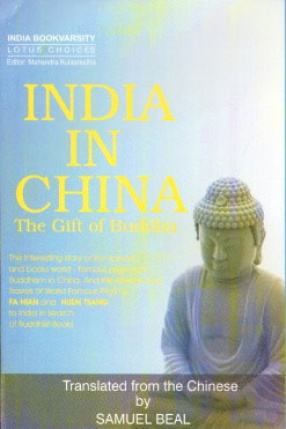
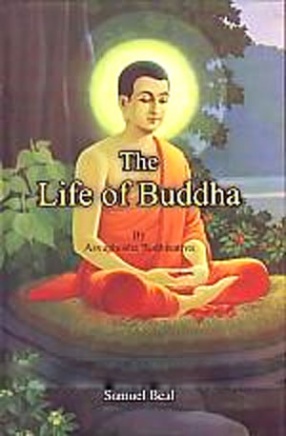
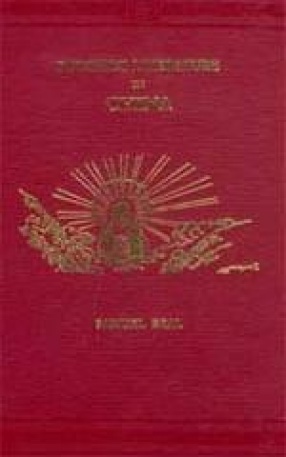
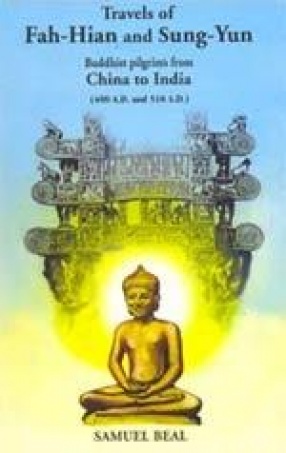



Most religions of the world have been spread with force, killing mercilessly those who did not agree to convert, the after effects of which are being experienced till date, of which the present terrorism is also a result; but the religion of Lord Buddha did not take this course and, on the contrary was invited by the Chinese to come over and teach; their scriptures were translated in very large numbers; stupas were erected one after the other; and one of their ...


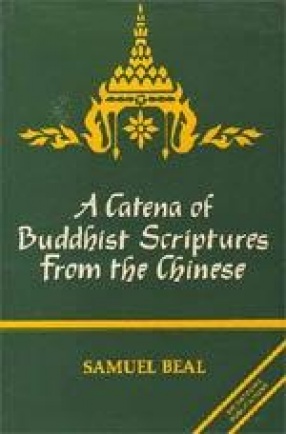
The Buddhist Canon in China, as it was arranged between the years 67 and 1285 A.D, includes 1440 distinct works, comprising 5586 books. But these form only a fractional part of the entire Buddhist Literature. The present books is divided into parts. In the beginning the book contains an informative introduction. Part I contains Legends and Myths which includes - The Origin of the rivers; The Navel of the earth; The Habitable world; the Four great continents; On ...

It is quite interesting that much of the information about Buddhism in India has been gathered from the Chinese pilgrims who travelled to this country. Two of them were Fah-Hian and Sung-Yun. Their writings are invaluable records of not only the state of Buddhism, but also as serious comments on the general historical background of their times in both India and China. This collection, compiled by the great Buddhist scholar Samuel Beal, contains the writings of ...
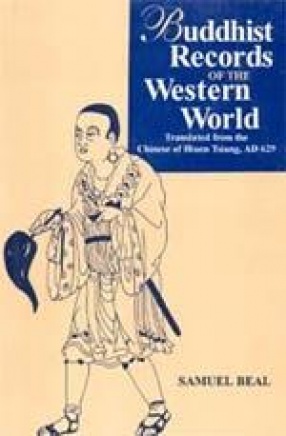
Among the various travelogues, Hiuen Tsiang's Si-yu-ki or Records of the Western World, is regarded to be the most valuable source-book for the study of ancient Indian history. Si-yu-ki is not merely a travel-diary recording Hiuen Tsing's visit to various places in India and the places en route, but is also an account of the conditions of India during the seventh century. This journey was undertaken by Hiuen Tsiang primarily with a view to visiting the Buddhist ...


The Chinese Buddhist pilgrims visited India during the early centuries of the Christian era. The Buddhist literature of China contains the records of their travels, the authenticity of which is vouchsafed by the fact that they embody the testimony of independent eyewitnesses as to the facts related in them. Fa-hian wrote Fokwo-ki-- a work well known in Europe through a translation by M. Abel Remusat. The accounts of Sung Yun and Hwei Sang are derived from the ...
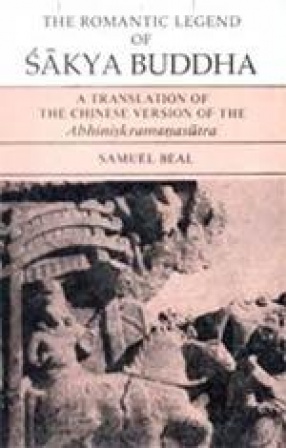
This work is a translation of the Chinese version of the "Abhinishkramana Sutra" done into that language by Dinanakuta, a Buddhist priest from North India. It refers to Buddha's leaving the palace for a religious life i.e. Buddha's flight from his palace to become an ascetic. The legend also includes Buddha's previous and subsequent history. The work is called "Romantic Legend", because, as is well known, the first romances were merely ...
